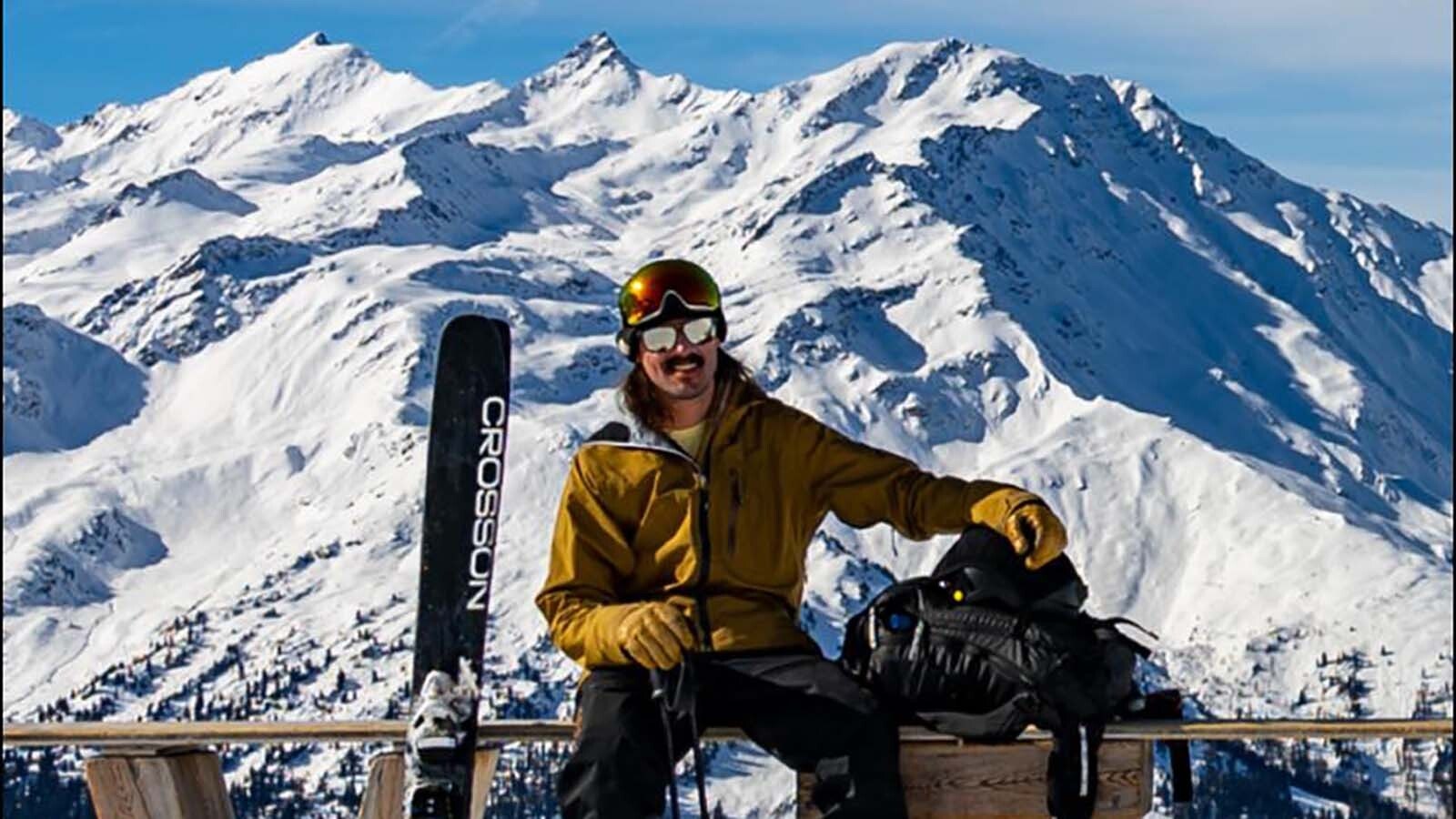Laurance “Tick” Jameson grew up on the Rattlesnake Range in the late 1800s southwest of Casper, Wyoming.
He described a special rhythm that beats through the consciousness as one rides through the grass and listen to cattle bellowing in the herd. The smell of the smoke of the sagebrush fire, the taste of bacon from, a sizzling pan at daybreak and the twists and turns of the bailing wire conjured up his boyhood memories of the rattlesnakes.
He fondly recalled the bunch grass and wildflowers that still grow today on a landscape unmarred by plows.
It was in these same hills that Jameson rode that also roamed a creature made of nightmares.
The cowboys spoke about it in hushed tones around the campfire or cursed it as they nursed their bruises.
They called this spectral horse the White Devil.
The Legend
By the 1800s, the wild mustang herds had swelled to more than 1,000 animals in Wyoming. Many were descendants of horses brought by the Spanish conquistadors in the 15th century and some were horses turned loose from area ranches or travelers along the historic trails.
The CY Ranch ran its cows up on the Rattlesnake Range, and it was there that the legend of the White Devil was born.
This ghostly white stallion protected the herds of wild mustangs against cowboys who attempted to rope the rogue horses.
The spectral horse would reportedly attack, biting and kicking at these cowboys who would dare try and round up the wild horses under his protection.
He was so effective in keeping the cowboys at bay that legends persist that the White Devil still roams the Rattlesnake Range as an apparition, forever protecting his herd.

Another White Devil
In 1891, the Rawlins Republican carried a story from Mexico about another white horse they had dubbed the “White Devil.” Could this have inspired the legend of Wyoming’s White Devil, or is it coincidence?
The White Devil of Mexico was the horse of Vasquez, the most feared bandit in the early days of California.
After the bandit was finally brought to justice, attempts were made to capture the horse. The reporter shared the stories of the White Devil’s battles against mankind.
“One of the capturing party tried to take him and was severely bitten for his cupidity,” wrote the reporter for The Associated Press. “The horse broke away, went careening off toward the canyon and was lost to sight. Most people say he died in the mountains of starvation, but the Mexicans say no. They saw him again.”
The reporter then went on to share the story of the White Devil, painting a picture of a loyal and brave stallion. He was also vicious and fought those who would try to tame him much like the White Devil of Wyoming did to the cowboys on Rattlesnake Range.
“The night after Vasquez was hung, a white horse galloped up the street to the jail, stood a moment at the door and gave a neigh,” the AP reported. “The Mexicans heard in it a call to the dead Vasquez. There came no answer to the horse’s challenge and he wheeled about and went as suddenly as he came. Then he turned bandit and followed Vasquez’ old trails.
“Once in a while a man would be found on the road with his body frightfully mutilated and his flesh bearing the marks of hoofs. Sometimes in the night a white horse would appear at the door of a Mexican cabin in some lonely spot and neigh. If no answer came, he would be off like the wind, but if any man dared show himself the horse would attack him with hoof and teeth, and it was seldom that a victim escaped.
“Time and again he was shot at, and one Mexican buck was foolhardy enough to try to rope him and met a horrible death. The horse bore a charmed life. He became almost as great a terror to the Mexicans as Vasquez had been to the rich Americans.”

Gathering A Herd
Like the Wyoming White Devil, this white stallion did not always run alone. He gathered a herd and protected them viciously.
“If by chance a Mexican’s pony got out of the corral and wandered off in search of grass, the White Devil would find him and enlist him,” the AP reported. “First, he had one follower, then two, then half a dozen.
“No man could kill them and no man dared to attempt to capture them. With no loads upon their backs they were as fleet as the wind and could outstrip the best horse with a rider.”
The White Devil of California eventually faded into history in the minds of most, except those who knew him best.
“As the years went by and Vasquez became a memory, and his exploits the theme for children’s stories, the White Devil lost his companions,” wrote the reporter years after all the White Devil’s exploits had ended. “His visits to the vicinity of the little towns became less and less frequent and then ceased altogether. At long intervals a Mexican would ride in with a report that he had seen the White Devil in some canyon among the hills.”
Eventually, the reports ceased altogether until one fateful day when a white horse had been killed by a freight train. The Mexicans came for miles to look at him and paid their respect to the horse they supposed to be the White Devil.
Or was it the White Devil? Perhaps this white stallion had traveled to a less populated area for his appearance in Wyoming coincided with his disappearance in California.
There are those that believe that even though the large wild horse herds no longer roam on the remote Rattlesnake Range, the phantom of White Devil is still there, defying any to try to catch the wild mustang
Jackie Dorothy can be reached at jackie@cowboystatedaily.com.





